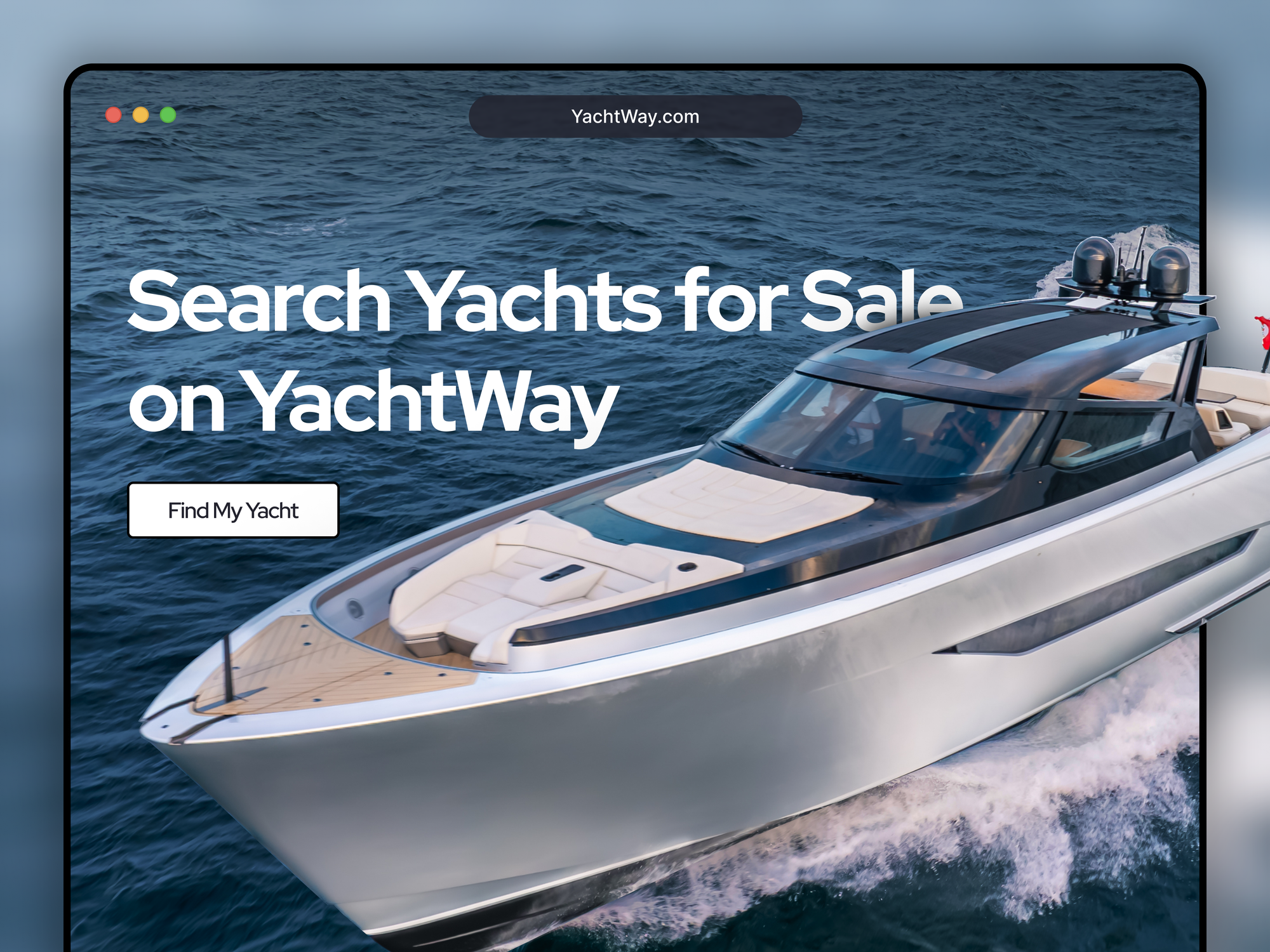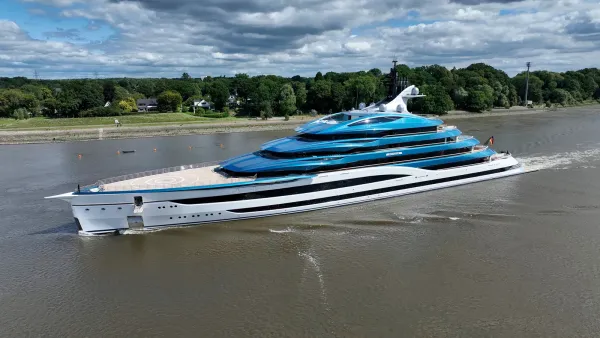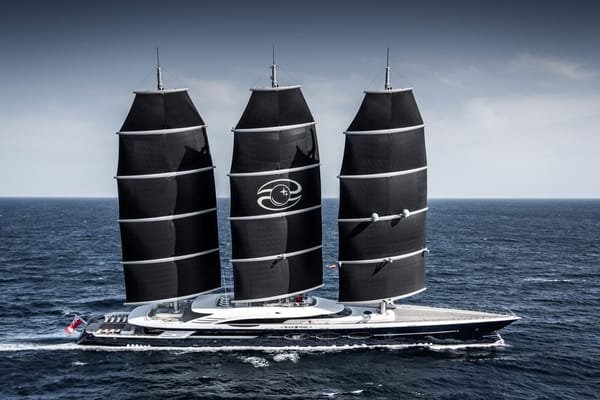Boat Insurance: An Essential Guide

In the ever-evolving world of yachting and leisure boating, one element remains constant: the need for comprehensive, reliable insurance. Whether you own a luxury sailing yacht, a pocket cruiser, or a high-performance wake boat, the importance of a tailored insurance strategy in 2025 cannot be overstated. As vessels grow more advanced and waterways more complex, understanding the nuances of modern marine insurance is essential for safeguarding both your investment and your peace of mind.
This in-depth guide explores the current landscape of boat insurance—from premium costs and coverage types to negotiating the best rates—so you can navigate your policy choices with the same confidence you command on the water.
What Does Boat Insurance Cost in 2025?
Premiums vary widely depending on the vessel type, usage, and location. On average, owners can expect to pay approximately 1.5% of the vessel’s value annually. A $200,000 yacht, for instance, might carry an annual premium of around $3,000, while larger superyachts can reach monthly premiums in the five-figure range.
However, the real cost is shaped by factors including:
- Value, age, and condition of the boat
- Engine type and power output
- Usage patterns (e.g., private vs. charter, seasonal vs. year-round)
- Operating area and storage conditions
- Owner’s boating experience and claims history
Premiums may be as low as $300–$600 per year for modest runabouts or as high as $50,000 per year for a globally-roaming 40-meter expedition yacht.
Is Boat Insurance Essential?
While not legally required in most jurisdictions, boat insurance is highly recommended and often mandated by marinas, lenders, and coastal authorities. Coverage ensures you’re protected against costly liabilities, environmental risks, and potential total loss due to theft, fire, weather, or collision.
Why It’s Worth It:
- Hull & machinery protection
- Third-party liability
- Environmental spill coverage
- Medical payments for onboard injuries
- Theft and vandalism
- Peace of mind while navigating increasingly crowded and regulated waters
When It Might Not Be Necessary:
For boaters with small, inexpensive vessels used rarely and stored securely ashore, self-insuring (i.e., assuming the risk yourself) might be feasible. However, this is the exception—not the rule—in today's high-value recreational boating world.
What Does a Comprehensive Policy Cover?
Most marine insurance policies include:
- Physical damage to hull, machinery, and fixtures
- Third-party liability, including collision damage and injury
- Uninsured boater protection
- Medical payments for you and your guests
- Towing and emergency assistance
- Coverage for personal effects and electronics
- Environmental damage liability, including oil spill clean-up
Some policies offer modular add-ons for extended cruising grounds, liveaboard status, crew coverage, and charter operations.

Factors Influencing Premiums
Insurers assess a broad range of criteria, including:
- Vessel age and condition
- Size, build, and engine power
- Cruising range and geography (coastal, offshore, international)
- Storage method (wet slip, dry dock, private marina)
- Security systems and safety equipment on board
- Owner’s boating CV, including training, licenses, and claims history
Also worth considering: your vessel’s valuation type—agreed value vs. actual cash value. The former locks in a payout amount, while the latter accounts for depreciation at the time of loss.
Tactics for Reducing Premiums
- Store your vessel at an approved marina with low incident rates
- Complete advanced safety and navigation training
- Install GPS tracking and fire suppression systems
- Limit your declared cruising range
- Bundle policies or work with a specialty marine insurance broker
Marine Insurance Excess and “Follow Form” Policies
Higher-end vessels and commercial-style operations often require excess liability coverage. “Follow Form” excess policies mirror your primary insurance terms, providing seamless extended coverage. Meanwhile, bumbershoot policies provide an umbrella solution over marine and non-marine exposures—ideal for yacht owners with shore-side operations or charter businesses.
Who Offers the Best Boat Insurance in 2025?
Top providers with proven track records in the marine space include:
- Progressive
- United Marine Underwriters
- Geico Marine
- State Farm
- Allstate
- Private brokers specializing in luxury marine assets
Consider providers with strong financial ratings, specialized marine expertise, and prompt claims servicing. For high-value vessels, a custom policy crafted by a boutique brokerage is often worth the additional investment.
Location, Location, Location
Geography plays a major role in pricing. Boats based in Florida or the Gulf Coast, for example, face higher rates due to hurricane exposure and year-round usage. The Great Lakes region typically sees lower premiums due to shorter seasons and freshwater operation.
Saltwater operation, long-range cruising, and mooring outside insured zones can all affect your policy and claims eligibility. Be sure your policy matches your itinerary.
Getting a Quote
Obtaining a quote is simple through online tools, but for vessels over 40 feet or with complex usage plans, speaking with a specialist marine broker is invaluable. The National Boat Owners Association (NBOA) and regional marine underwriters can assist with premium benchmarking.
Getting the Best Insurance
Marine insurance in 2025 isn’t just a legal or financial safeguard—it’s an essential part of responsible yacht ownership. The right policy not only protects your vessel but also enhances your enjoyment of time at sea, knowing you're covered in the event of the unexpected.
As with any high-value asset, working with a seasoned expert who understands the nuances of marine law, vessel systems, and insurance frameworks is key. With careful planning and a tailored policy, you’ll be free to enjoy the elegance of yachting with complete confidence.






